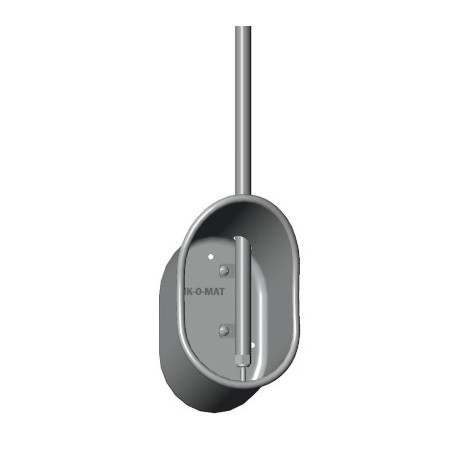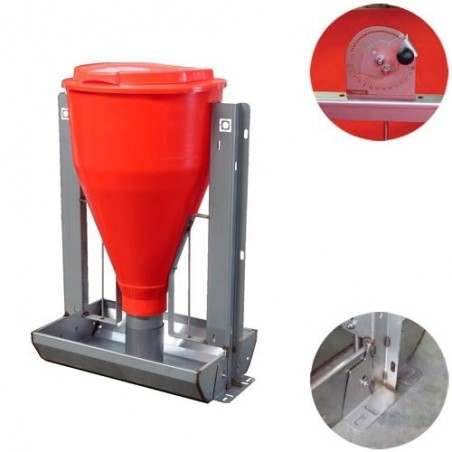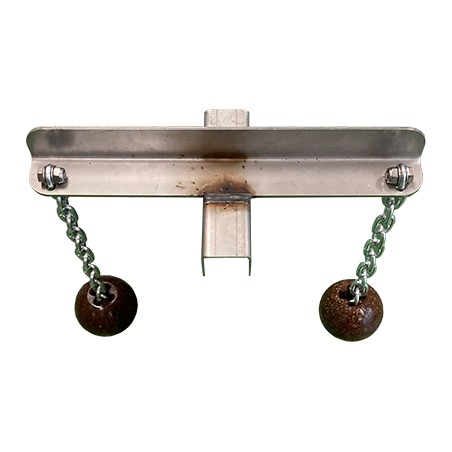Feed delivery methods can largely be classified as dry, wet/dry and liquid. However, there is no generally accepted optimal feed form and delivery method for feeding finisher pigs. Therefore, the aim of the present study was to compare the effect of feed form (meal and pellet) and delivery method (liquid, dry, and wet/dry) on feed microbiology and growth, gain-to-feed ratio (G:F), and carcass quality of finisher pigs. For that purpose, two batches of pigs were used, each with six pen replicates per treatment. In each batch 216 pigs (32.7 kg; ± 0.48 SE) were housed in same-sex pens of six pigs per pen. Pigs were on treatment for 62 d prior to slaughter. A 2 × 3 factorial arrangement was designed with two factors for diet form (meal and pellets) and three factors for feed delivery (dry, wet/dry, liquid). The treatments were 1) meal from dry feeder, 2) meal from wet/dry feeder, 3) meal from liquid system, 4) pellet from dry feeder, 5) pellet from wet/dry feeder, and 6) pellet from liquid system. Pig growth performance was determined, blood samples collected at slaughter for hematological analysis and microbiological and proximate analysis of feed performed.
As a result, a significant feed form × delivery interaction was found for G:F. During the overall period G:F was 0.446, 0.433, 0.423, 0.474, 0.459, and 0.418 g/g for treatments 1 through 6, respectively. When feed was pelleted, G:F was improved when feed delivery was dry or wet/dry compared to meal but when the delivery was liquid, pelleting did not affect G:F. There were no interactive effects for overall ADG. Carcass weight was increased in pigs fed the pellet form (76.6 vs 79.0 kg for meal and pellet form, respectively), while it was decreased in dry feeding (74.7, 77.3, and 81.5 kg for pigs delivered dry, wet/dry, and liquid diets, respectively). Lactic acid bacteria and yeast counts were significantly greater for the liquid than the dry diet in both meal and pelleted form. Evidence of lysine degradation in the liquid diet was observed, but it did not impact pig growth.

In conclusion and in regard of the results, the wet/dry feeding of a pelleted diet is recommended to maximize growth rate while optimizing G:F in grow-finisher pigs.
O'Meara FM, Gardiner GE, O'Doherty JV, Lawlor PG. The effect of feed form and delivery method on feed microbiology and growth performance in grow-finisher pigs. Journal of Animal Science. 2020; 98(3): skaa021. https://doi.org/10.1093/jas/skaa021






